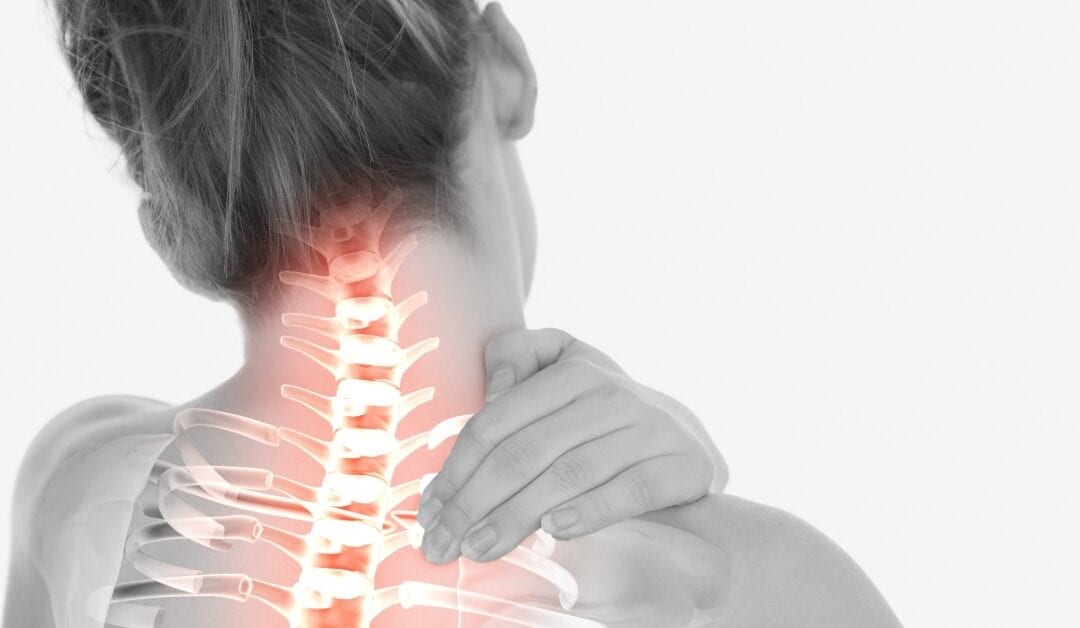After a car accident, if you don’t act quickly and learn how to control whiplash it could destroy your life.
This may sound extreme, but let’s look at what typically happens when you get whiplash in a car accident. Initially, after an accident, you may feel pain in your neck or it could feel stiff and hard to turn. What scares so many people is that whiplash can cause pain months to years down the road after you have been released by your doctor.
What if I get numbness down my arm? What if I have headaches for the rest of my life? What if I need surgery for disc damage later in life? These are very real questions and can flat out scare you to death. If any of these things happen to you, the amount you got from any legal settlement is probably long gone. What you could face is chronic pain for life or worse!
Many Approaches to Control Whiplash Pain Don’t Last
Too many times I see clients that have already been working with physicians and therapists over long periods of time trying to solve or control whiplash pain. The typical victim will have tight muscles on the back of his neck running down the spine. These tight muscles can cause compression of the vertebrae which can lead to pinch nerves, dislocated vertebrae, bulging disc, and even herniated discs over time.
Adjustments of the spine, through chiropractic, massage, or physical therapies, can become a lifelong commitment because the muscles have the power to push back out of place again shortly after the adjustments. When pain like this persists, it can lead to numbness and tingling down your arm, headaches, stiff or painful neck and shoulders. With enough pressure, it can affect hearing and vision. You can learn to control whiplash or general neck pain before it destroys your life. I address three causes of neck pain and exercises to eliminate the pain in this article.
Types of Whiplash and the Resulting Pain
There are two types of whiplash, either front-to-back or side-to-side.
Front-to-Back Whiplash
With a front-to-back whiplash, the head is jerked forward then popped back very hard. The muscles on the front of your neck are not used to being jerked back so far which hyperextends the muscles on the front of the neck. This sends them into spasms creating pain.
Once your brain feels the pain, it immediately tightens all muscles around your neck. Since your neck is more used to looking downward versus upward, the spasms in the front of the neck will be much worse than on the back. This causes the brain to lock down the muscles on the back of the neck to prevent pain.
Most therapists see the tight back muscles and believe the problem is on the backside where the pain is. Most physicians will see the first vertebrae out of place and want to adjust it or put you in a brace. Each of these responses provides relief from pain for a few hours before the pain will return.
Side-Side Whiplash
In a side-to-side whiplash, the head is jerked from one side to the other, hyperextending one side more than the other depending on which side you were hit on. Just like the front-to-back whiplash, the opposite of the pain is where the spasm usually is. Again the back muscles will tighten and become more painful, but the cause is usually not there. The bones may be out of place, but that is not that cause either.
The Last Resort Produces Results that Stay
I am usually the last person consults to control whiplash pain. Sadly, they have tried all the other treatments with limited success. I approach the treatment of whiplash quite differently and the results speak for themselves.
Yet the seeming “last resort” has good success. This is because I treat the true cause of the pain and teach my client how to keep improving at home. I teach them my Stretch n’ Release technique for the neck. I show them how the muscles on the front of the neck are actually causing the pain on the backside.
We work together to free the front of the neck, chest, and soften the back and shoulders. The body has gone through a trauma and the brain is fighting to keep you safe. Until we show your brain that you can move without pain it will fight back by tightening the back muscles to prevent movement. Check out the videos on my YouTube channel, several of which address neck stretches to control whiplash pain.
The biggest mistake most people make with stretching is forcing the muscle to do something that the brain is afraid to let you do. By increasing pressure, holding for more than 5 seconds at a time, and leaving the brain out of the mix, you will be left with a long time of suffering needlessly.
Your muscles are more emotional than they are physical. Fear of pain can paralyze you and cause major health problems due to compression of the spine. You can learn how to soften your back muscles and lengthen the muscles on the front of the neck. Once you learn, you will have these tools to use for the rest of your life.
Learn how to control whiplash pain before it destroys your life. The secret is knowing what and how to stretch your muscles.


